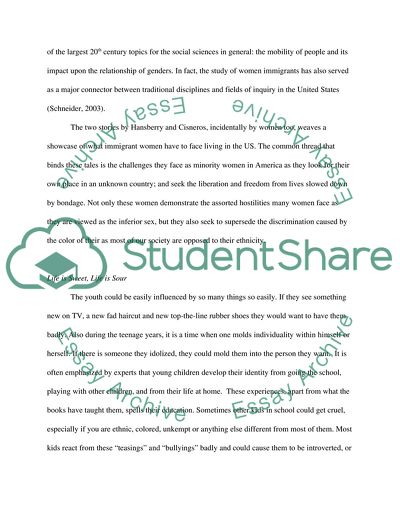Cite this document
(Comparison of The House on Mango Street and A Raisin in the Sun Literature review - 1, n.d.)
Comparison of The House on Mango Street and A Raisin in the Sun Literature review - 1. https://studentshare.org/literature/1535172-comparative-literature-paper
Comparison of The House on Mango Street and A Raisin in the Sun Literature review - 1. https://studentshare.org/literature/1535172-comparative-literature-paper
(Comparison of The House on Mango Street and A Raisin in the Sun Literature Review - 1)
Comparison of The House on Mango Street and A Raisin in the Sun Literature Review - 1. https://studentshare.org/literature/1535172-comparative-literature-paper.
Comparison of The House on Mango Street and A Raisin in the Sun Literature Review - 1. https://studentshare.org/literature/1535172-comparative-literature-paper.
“Comparison of The House on Mango Street and A Raisin in the Sun Literature Review - 1”. https://studentshare.org/literature/1535172-comparative-literature-paper.


